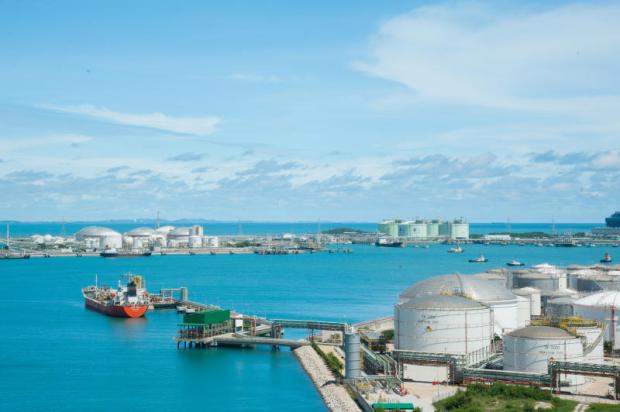
Investment applications for the government's flagship Eastern Economic Corridor (EEC) scheme have reached 400 billion baht, beating its target of 300 billion for the year, says the EEC Office.
Kanit Sangsubhan, secretary-general of the EEC Office, said the positive result can increase investor confidence. The EEC Act was implemented in May, unlocking many obstacles to propelling EEC-related projects, he said.
He also touted "political stability" as a positive investment sentiment factor.
The Board of Investment (BoI) expects overall investment applications in 2018 to reach 720 billion baht because the global economy is recovering and the government is keen to put on road show abroad.
"The country will see actual investment flows from 2019 as infrastructure projects are being sped up," he said.
"The government will soon launch terms of reference [ToR] for the development of U-tapao airport with a value of 200 billion baht."
U-tapao airport will enhance capacity for passengers, freight flows and flights.
The project comprises an airport expansion with the construction of a second runway and taxiway as well as a third terminal, and the development of aviation-related industries that include a maintenance, repair and overhaul centre, an aviation training centre, a cargo village and a commercial precinct.
"The airport is located on 6,500 rai in Chon Buri province, and will be upgraded to be the country's third-largest commercial airport," said Mr Kanit. "This project is expected to handle 15 million passengers in the next five years, 30 million passengers in the next 15 years and 60 million passengers in the next 20 years."
Recently, the government launched the ToR for the high-speed rail route linking Don Mueang, Suvarnabhumi and U-tapao airports, at a value of 224 billion baht, including management of the Airport Rail Link.
He said the government will soon launch other infrastructure projects, such as the Laem Chabang port and the Map Ta Phut port by 2018.
All EEC infrastructure projects will be public private partnerships, in line with international standards for project bids.
Meanwhile, government agencies, financial operators and business leaders yesterday joined the Bloomberg Asean Business Summit 2018 in Bangkok.
At the event, Industry Minister Uttama Savanayana said the EEC scheme is the country's strategic special economic zone, in which actual investment value is expected to be over 1.7 trillion baht by 2021.
The EEC spans three eastern provinces: Chachoengsao, Chon Buri and Rayong.
The government aims to develop and improve the country's industrial sector with high technology and innovation to lift Thailand out of the middle-income trap.
The EEC scheme will connect Thailand to economic expansions across Southeast Asia.
Foreign and local investors are interested in increasing their investment and trade in Southeast Asia thanks to many countries upgrading to industry 4.0, including Thailand, said Mr Uttama.
"The region is very keen on attracting foreign investment to promote innovation, infrastructure and services development," he said.
"China's government will push forward its One Belt, One Road initiative, connecting Southeast Asia to expand investment and trade."
Mr Uttama said India's Act East Policy envisions increasing people-to-people contact, trade ties and other relations with Asean countries and Japan's foreign policy is also focusing on Southeast Asia.
"Thailand is also the only Asean country that is party to every economic corridor cooperation pact," he said.
